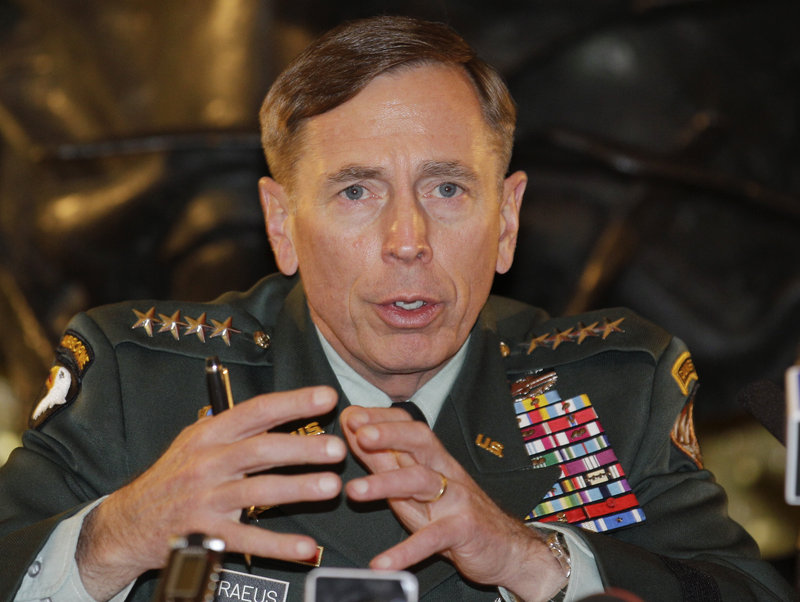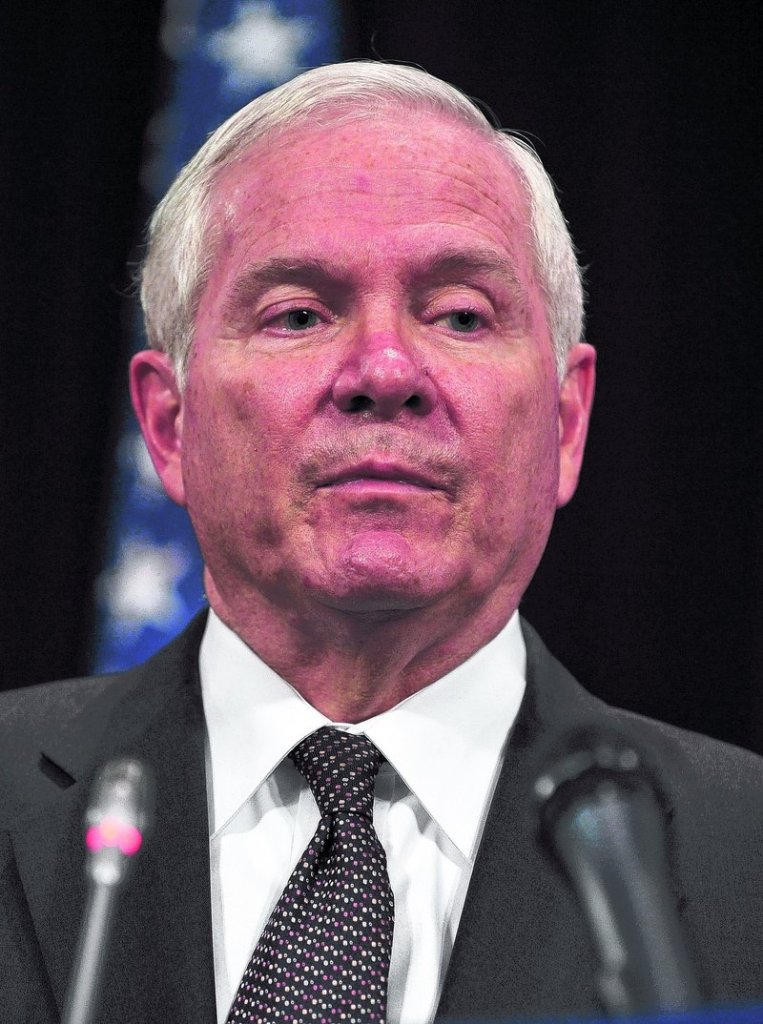KABUL, Afghanistan – With a year-end report card coming due, top U.S. military and civilian officials in Afghanistan have begun to assert that they see concrete progress in the war against the Taliban, a sharp departure from earlier assessments that the insurgency had the momentum.
Despite growing numbers of Taliban attacks and American casualties, U.S. officials are building their case for why they are on the right track, ahead of the December war review ordered by President Obama. They describe an aggressive campaign that has killed or captured hundreds of Taliban leaders and more than 3,000 fighters around the country in recent months and pressured insurgents into exploring talks with the Afghan government. At the same time, they say, the Afghan army is bigger and better-trained than it has ever been.
Officials point in particular to the southern province of Helmand, where U.S. troops are most densely concentrated. They say pockets of relative security are spreading where the Taliban once held sway, noting bustling bazaars and new schools.
“Compared to where we were a year ago, we’re seeing some positive trends emerging,” said U.S. Ambassador Karl W. Eikenberry, who last year had warned that it would be risky to send new troops to Afghanistan given the Kabul government’s unreliability.
“I want to be clear: There are areas with significant insecurity,” he said in an interview last week. But, he added, the expanding operations of NATO and Afghan forces “are starting to have a cumulative effect.”
UPBEAT ASSESSMENTS ON THE RISE
As political pressure mounts for evidence that the United States and its allies are not hopelessly mired in Afghanistan, military officials here say the time is past to deplore deficiencies of manpower or strategy. Obama’s 30,000 new troops are on the ground. The United States’ most celebrated general is at the helm. And the deadline Obama set to begin withdrawal is nine months away.
Upbeat assessments had become more common here since Gen. David H. Petraeus took over in July, but the refrain grew louder after Defense Secretary Robert M. Gates sounded a note of hope during a trip to Afghanistan early last month.
“Are we headed in the right direction? Do we have enough evidence of progress that tells us that we are in fact on the right track?” Gates said while visiting the southern province of Kandahar. “Based on what I’ve seen here today, I’m hopeful that we will be in that position.”
Yet even as U.S. officials here echo Gates’s assessment, they have offered relatively little evidence to back up their claims of progress, and many still hesitate to say that successes against the Taliban in certain pockets add up to the war’s pendulum swinging their way. Indeed, one week last month broke the nine-year war’s record for violence, as the Taliban sought to ambush parliamentary elections: NATO forces logged more than 1,600 attacks nationwide, 500 more than in the previous worst week.
“They are very cautious not to be too optimistic,” said one U.S. military official, referring to colleagues at the Kabul headquarters. “It’s more a feeling of it’s possible and more and more likely” that the momentum can be regained. In terms of troop strength and strategy, he said, many feel “we’ve got what we need to turn the corner.”
Often, the argument for progress is based less on advances in protecting the Afghan population — a main tenet of Petraeus’s counterinsurgency strategy — than on the rising enemy death toll, although military leaders have long acknowledged that it will take more than that to defeat the insurgency.
U.S. military officials say their pursuit of insurgent commanders has crippled some key factions, particularly the Pakistan-based Haqqani network, which operates in eastern Afghanistan and has been responsible for many of the deadliest bombings in Kabul. The military estimates the Taliban- and al-Qaeda-linked group has about 2,500 members.
Since June, U.S. troops have largely dismantled a small branch of the group that plans and carries out attacks in Kabul, according to a NATO intelligence official who spoke on the condition of anonymity because he was not authorized to speak publicly. The group also suffered a major blow in losing at least 20 suicide bombers in failed attacks on two U.S. bases in Khost province in August, the official said.
“There are tectonic shifts going on. There really are,” an aide to Petraeus said of the network, also speaking on the condition of anonymity because of lack of authorization. However, the aide added: “Are we at that culminating point where we start to see disintegration? Not yet.”
EXAMPLES OF PROGRESS
The Taliban and other insurgent groups have shown a remarkable ability to regenerate, often replacing slain commanders and shadow governors quickly. Afghan officials tend to be more pessimistic about the effectiveness of killing insurgents, particularly when their top leaders remain protected in neighboring Pakistan.
“Their casualties are high, but so are our casualties,” Defense Minister Abdul Rahim Wardak said in an interview.
Asked for specific instances of progress, NATO spokeswoman Maj. Sunset Belinsky cited Marja, the district in Kandahar where Gen. Stanley A. McChrystal sent troops in January with the hopes of a quick victory that could build momentum for a broader push in the province. The Taliban proved resilient in Marja, and Afghan governance was slow to take hold, but Belinsky pointed out the district now has 300 trained policemen where there were none five months ago and four new schools, including a high school that reopened after more than six years.
Belinsky also mentioned the revival of markets in Helmand’s Musa Qala district and a new power plant coming online in December in Kandahar.
Skeptics here counter such examples with accounts of ineffectual counterinsurgency efforts. Official corruption remains pervasive, and there is little tangible evidence of improved governance on a national scale.
But U.S. military officials who say they see progress in the war praise the development of the Afghan security forces, particularly the army, which has already surpassed its target of 134,000 members by the end of this month. In Kandahar, Afghan troops outnumber NATO forces for the first time.
Send questions/comments to the editors.




Success. Please wait for the page to reload. If the page does not reload within 5 seconds, please refresh the page.
Enter your email and password to access comments.
Hi, to comment on stories you must . This profile is in addition to your subscription and website login.
Already have a commenting profile? .
Invalid username/password.
Please check your email to confirm and complete your registration.
Only subscribers are eligible to post comments. Please subscribe or login first for digital access. Here’s why.
Use the form below to reset your password. When you've submitted your account email, we will send an email with a reset code.